Last updated on October 17th, 2024
The thrill of watching baby turtles swim away never gets old
by Carolyn Ray
It’s late afternoon when an excited cry makes me jump: “Turtle release!” We rush to the hatchery like anxious parents, straining for our first look through the protective netting of the turtle hatchery. In this case, it’s not our own precious infant, it’s palm-sized grey hatchling being offered for viewing by Wilbur, one of the community leaders in Punta Banco, a small village in Costa Rica near the Panamanian border. We’ve been waiting for this moment since arriving two days ago, looking for the first sign of life from the black dirt as the baby turtles emerge.
Soon, there are 100 greyish baby turtles squirming in a hole in the ground, each one pushing above the other. At sunset, our group gathers to set these tiny creatures free, all of us with grins across on our faces. For me, it’s a dream come true. Ten years ago, in Nicaragua, I watched an enormous mother leatherback turtle lay eggs on a beach. Then in Puerto Escondido, I participated in a turtle release program, ushering baby turtles into the ocean. Finally, I’m able to do something I’ve imagined for years, as a volunteer on a week-long trip with Conservation VIP (Volunteers International Program), a US-based non-profit that works to sustain some of the world’s greatest landscapes, cultural heritage sites, and biodiversity. Costa Rica isn’t its only destination. Conservation VIP hosts volunteer trips in the Virgin Islands, Argentina, Machu Picchu and the Galapagos. At least half of the 11 people on this trip have already done a Conservation VIP trip, and most plan to sign up for another one.
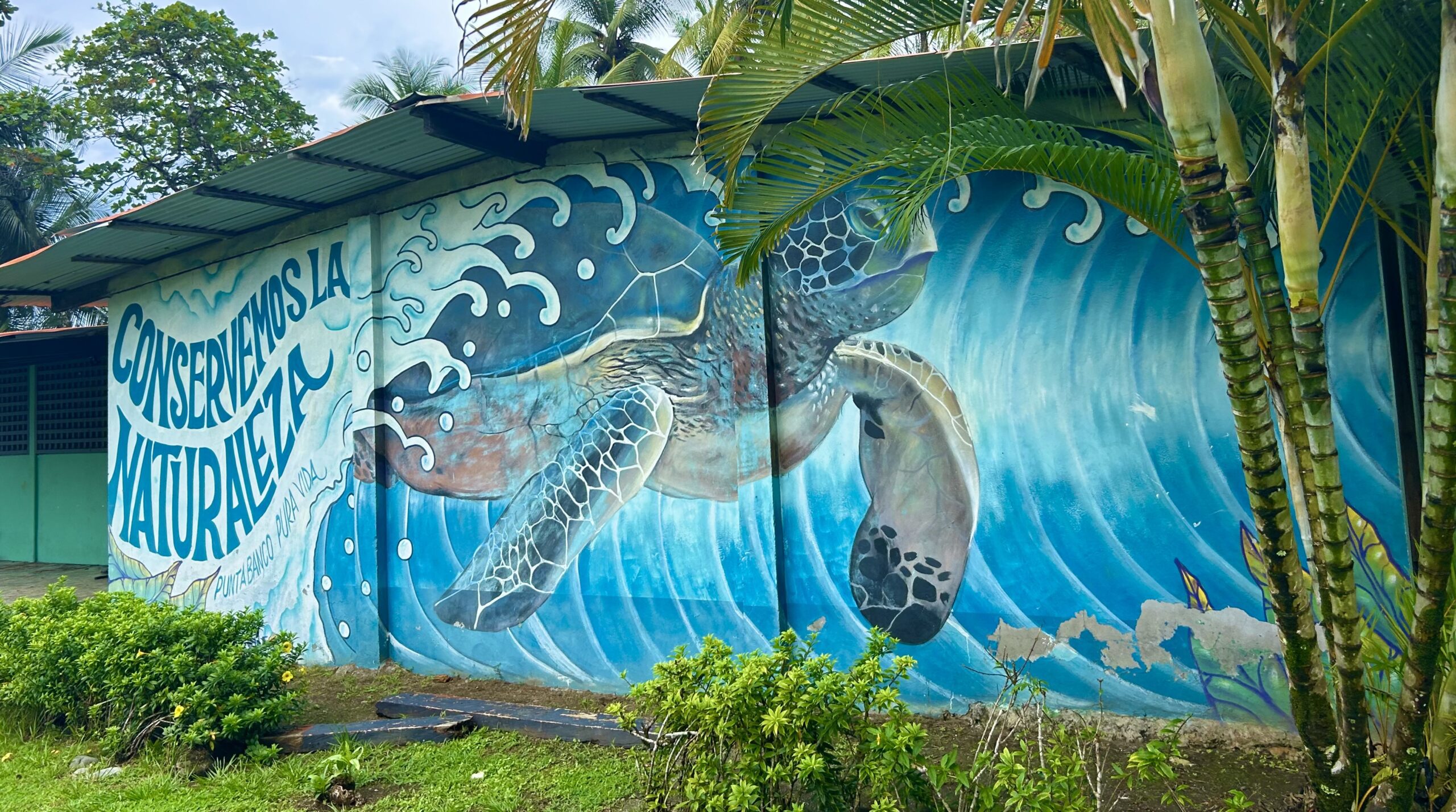
Is this the real Costa Rica?
I’ve been in Costa Rica for almost three weeks, and I’ve not set foot in a resort, spa or wellness centre. As I’ve travelled from Guanacaste in the north down to the bottom of Costa Rica on this trip, I’ve been remembering my travels in the Galapagos and Amazon River in Ecuador. Together with Panama, Costa Rica is part of the bridge that connects North to South America, allowing for great diversity of species. With only 51,000 km of territory, Costa Rica accounts for over 500,000 species, or 6 per cent of the estimated species in our world. Who wants to be in a spa when the rainforest is bursting with life?
Turtle nesting season coincides with the rainy reason, so September is the perfect time to be here. It’s humid, and the accommodations on the Conservation VIP trip are rugged. Even though I’ve brought some creature comforts, it makes me appreciate the simple things. Eating beans, rice and fish prepared by local women, knowing you are supporting a small community, makes all the difference. In the afternoons, we go on nature walks and see whales, toucans, sloths, howler, spider and capuchin monkeys — and of course, scorpions, snakes and spiders.
Our days begin with the sun, and by 8 am we are digging, hauling and fixing turtle hatcheries along the coast, breaking at noon for lunch, and then back at it in the afternoon. In the evenings, sweaty and gritty, we patrol the beaches, looking for turtles laying eggs. One night, under the red glow of my headlamp, I watch in awe as an olive ridley turtle lays 124 ping-pong sized white eggs, which are counted and gently taken away to hatch in about two months. When baby turtles incubate, their gender is determined by the heat of the sand. If the egg goes about 30.5 degrees, it become a female. Making sure the eggs are in a cool, protected place is vital to their survival.
“Travelling that focuses on helping protect the environment or promoting biodiversity is a great way to travel,” says Chris Braunlich, Conservation VIP’s Board Chair, who’s on this trip. “In other destinations we see melting glaciers, more significant landscape damage from storms, greater need for vegetation management to mitigate increasing fire risk, and more. These degradations are obvious and seeing them up close certainly reinforces all the scientific evidence that climate change is an urgent matter. If travelers can enjoy their travel experience and at the same time combat the effects of climate change, together we enjoy the experience and we can be a powerful force for good.”
Get stories like this delivered directly to your inbox – join the mailing list here!
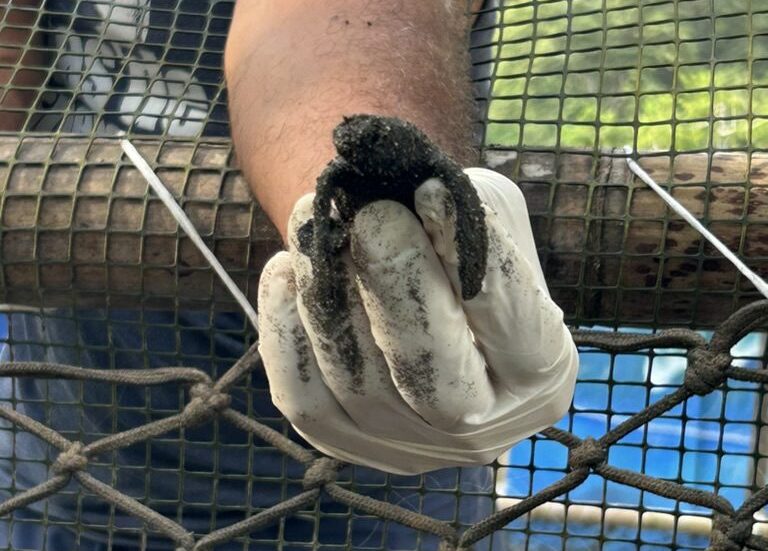
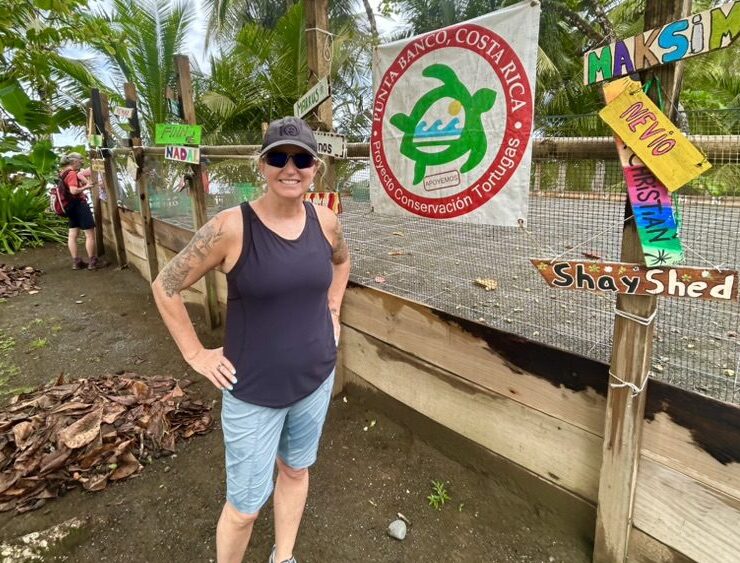
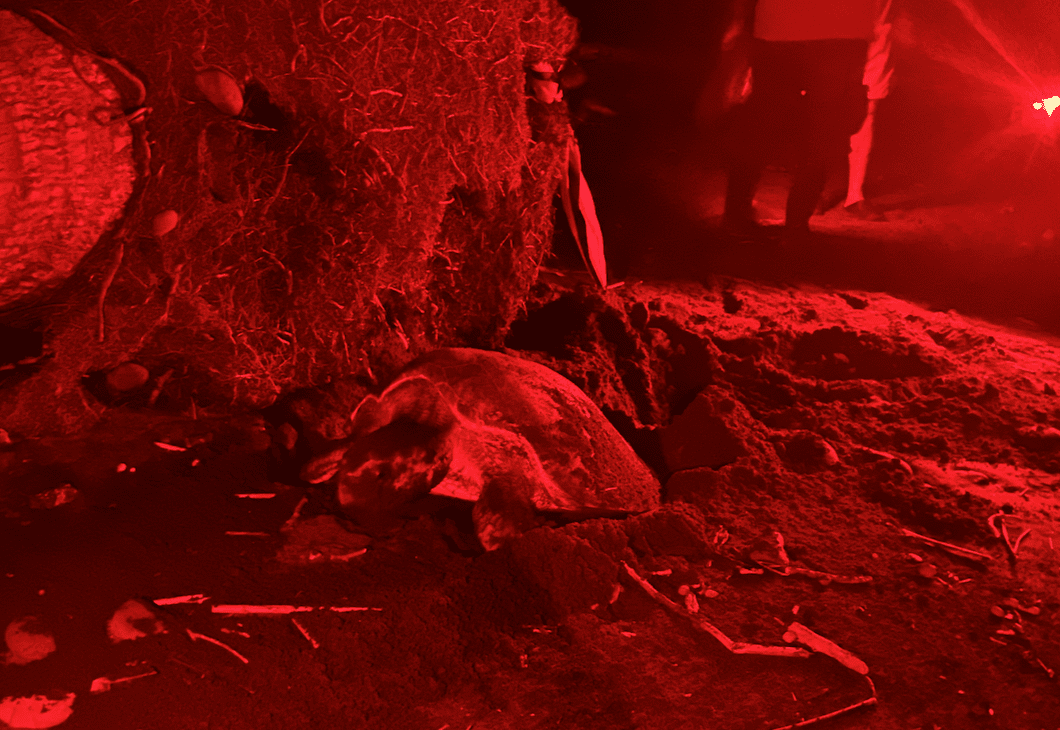
Working with the community in Punto Banco
Punto Banco is a small beach community, population 160 people, nestled along the Panamanian border, about an eight-hour drive on a rugged two-lane highway from San Jose or a two-hour drive from Golfito Airport. It’s next door to Pavones surf beach, which reportedly has the longest left-breaking wave in the world, making it a popular destination for surfers.
Here in Punta Banco, the turtle preservation program has innovated a unique model of involving the community as stewards and advocates. To encourage participation, the program has a unique model of incenting the community for eggs found and hatched where they earn the equivalent of $20-21 per nest for participating in nursery preparation, collecting eggs, covering the eggs at the nursery, and releasing eggs when they hatch. This past year, over 700 nests were saved (compared to 300 only a few years ago). This has helped reduce poaching of the turtle eggs, a practice that makes me wary as we patrol the beach in the dark, watching flashlights bounce off the sand ahead of us, hoping to get to the mother turtles laying eggs before the poachers. If the turtles survive, they’ll return in 15 years to lay their eggs on the shore of this beach. Even then, only 1 of 1,000 hatchlings makes it to adulthood. It’s a long-term proposition, protecting these turtles.
During our week at Punta Banco, our group of 11 volunteers works alongside the community. Not only are the Hawksbill and Olive Ridley turtles facing the effects of erosion and climate change, their eggs are sold by poachers as aphrodisiacs. Together, we contribute 369 hours improving and maintaining the turtle hatchery nests, patrolling the beaches for new turtle nests and transferring 233 newly laid eggs to the hatchery nest, releasing 246 newly hatched turtles, and other activities that support the turtle conservancy project.
Read More: Learning about Evolution in the Galapagos
The impact of climate change in Costa Rica
My guide, Alex Arias, is Costa Rican through and through. One of the first things he teaches us is how to say good morning in Costa Rica. It’s not ‘buenas dias’. Here, it’s ‘pura vida’. Pura vida isn’t just a tagline, it’s a way of living, one that encapsulates the culture of Costa Rica — welcoming, relaxed and happy.
But there’s a serious side here too, and it comes through when I ask him about climate change.
“Climate change is a natural process, but it’s happening too fast,” he says. “We see the changes in our lifetime. There are extreme weather conditions. In the rainy season, we expect it to rain every day for a few hours in the afternoon. Now, we see more rain at once. The forest can’t take that much water, resulting in flash floods. The soil can’t absorb all the water, which creates erosion.”
Conservation VIP’s Chris Braunlich agrees. “The destinations and causes we support are all experiencing negative effects from climate change. For example, the sea turtles which nest in Costa Rica are affected by rising ocean levels and more severe storms which increase beach erosion, as well as ocean acidification and rising temperatures which can affect their viability.”
Through this project, Braunlich hopes to increase the survival chances of the turtles who nest in Punta Banco and help the local community.
“Both of these goals align with ConservationVIP’s nonprofit mission to help sustain some of the world’s greatest landscapes, cultural heritage sites, and biodiversity,” she says. “We use the term “sustain” in our mission statement both because it expresses our intent to help our causes over the long-term and because it recognizes the importance of the local communities involved in our destinations and causes. Helping the sea turtles in Punta Banco is part of our mission to help sustain biodiversity. Helping the local community increases the long-term viability of the sea turtle conservation.”
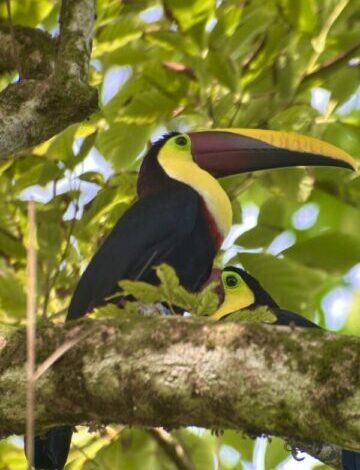
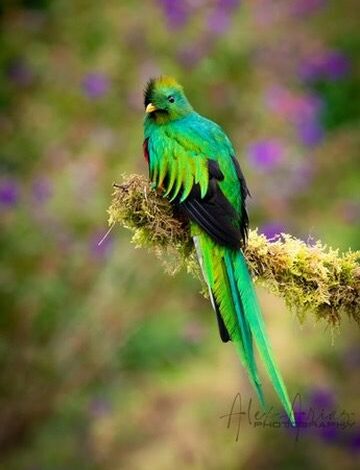
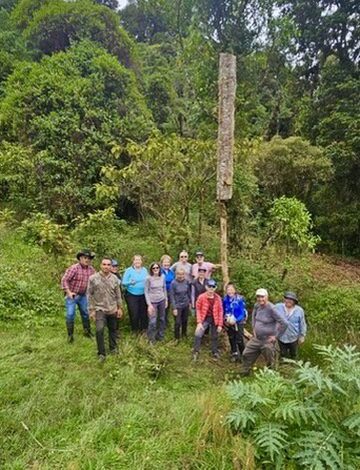
Travellers not tourists
With all the discussion around overtourism, I ask Arias how we are perceived by the local community. Are we welcomed, or seen as intruders in this small community?
“I like to see people who travel around the country, see the wildlife, stay in communities and meet locals,” he says. “Costa Rica isn’t just beaches and resorts. We want travellers who care about the community, land, and conservation.”
Arias hopes that people who visit Costa Rica think of themselves as travellers, not tourists. The pandemic, he says, really hurt Costa Rica’s economy. But it’s also created a new understanding of the importance of tourism, something he hopes will continue.
“Back in the 1980s we had a different mentality,” he says. “Now people here are focused on preservation and protecting the community. We see the positive results of tourism. Landowners are opening up their places so that more people can see them and the owners can make money through conservation. That’s a win-win.”
In addition to the turtle preservation project, we travelled to the cloud forests of the highlands of Cerro de la Muerte to support the conservation of the Resplendent Quetzal. This striking red and green bird is sacred to the Maya and Aztec peoples and the national bird of Guatemala. During mating season, male quetzals grow flowing tail feathers that can be up to one metre long.
Due to deforestation, they are losing their natural habitat. In addition, poachers kill the birds for their tail feathers, which are used for fly fishing or luxury goods. Some estimates say that there are only 20,000 to 50,000 of these birds left in the world, making them ‘near threatened’.
Our group contributed 65 hours of volunteer work, including trail maintenance used for viewing of the Quetzals, building new nests for the species, relocated a completed nest within a designated protected area, and planted 62 avocado trees which will eventually produce the favorite food of the Quetzal. Listening to the distinctive call of these birds is magical, as we watch the males court the females in the avocado trees that provide them with food and shelter. (If you go, stay here: Paraiso Quetzal Lodge)
A long-term view
Now, in the low season at the end of September, having tourism is more important than ever to small communities.
Every day, we eat lunch at Punta Banco’s only restaurant, called Soda. It’s run by Juana and Xinia, who make us delicious meals, like rice and beans, fresh juice and fish from the ocean. The money they make from our trip (the only one this month), will support them until the new year, when the tourists start coming back again.
Conservation VIP provides a trip report to each volunteer that includes details on the number of turtle eggs relocated to protected nests, the number of hatchlings released, and the cubic yards of sand moved to build turtle nests ensures that we focus on meaningful projects.
“Harder to quantify, but also very important, is continually increasing our understanding of the local community and how we can help them,” Braunlich says. “That is a subjective judgement, but we believe that when we are welcomed back as friends, we are on the right path. Finally, we believe that the experiences of the trip participants have a ripple effect. We believe that seeing the effort and miracle of turtles laying their eggs, then watching in awe as the hatchlings waddle to the ocean, viscerally connects people to mother earth and renews our commitment to caring for our planet.”
On our last night in Punta Banco, the community comes together to celebrate those who have found and saved the most turtle eggs. The young man who helped us find our first turtle nest is given a standing ovation for saving thousands of eggs, as he smiles with pride. Turtle preservation is a long-term project, something this community has been working on for more than 25 years. One can only hope that the rest of the world will catch on to what’s happening here.

How to get to Costa Rica
The major airport in Costa Rica is San Jose International. Check flights here. Once you’re there, there are small plane flights to most regions of Costa Rica. After my trip with Conservation VIP, I travelled to other parts of Costa Rica and was provided with a complimentary rental car from Vamos Rent a Car, which was an extraordinary service experience. Find other rental car options here.
What to pack
Depending on where you visit and what you do, you’ll want to pack some special things. For turtle watching, get a good quality headlamp with a red light and water shoes. With the humidity, bring electrolytes and DEET-free insect repellent. Protect your skin and the ocean with reef-safe sunscreen, and bring biodegradable soap, shampoo and conditioner, as well as natural laundry detergent. (Check our Sustainable Travel Packing list here).
Rain gear is essential; I recommend a poncho like this one from Frogg Toggs. And for birdwatching, bring a small pair of binoculars, and a good (ideally waterproof) camera. Don’t forget to pack a first aid kit that includes Immodium, your own medication and any supplies you might need, such as menstrual supplies. For technology, use an Airalo eSIM card, download WhatsApp, Merlin ID (for birdwatching) and an Earthquake app like QuakeFeed (free). For a trip like this, you will also need to purchase travel insurance that includes evacuation insurance. Find options here. While you’re in Punta Banco, check out Rancho Burica hosted by yoga-surfer couple Tanya and Richard, who just moved here from South Africa.
Disclaimer: I was a guest of our Women’s Travel Directory partner Conservation VIP, but like all volunteers, I paid my own way and received a tax receipt as a beneficiary of a non-profit organization. Learn more about Conservation VIP here and sign up now for their next trip to Costa Rica from September 13-25, 2025.
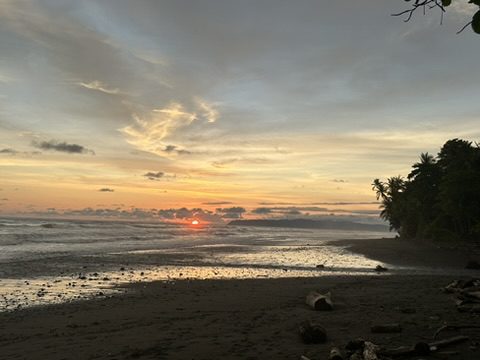
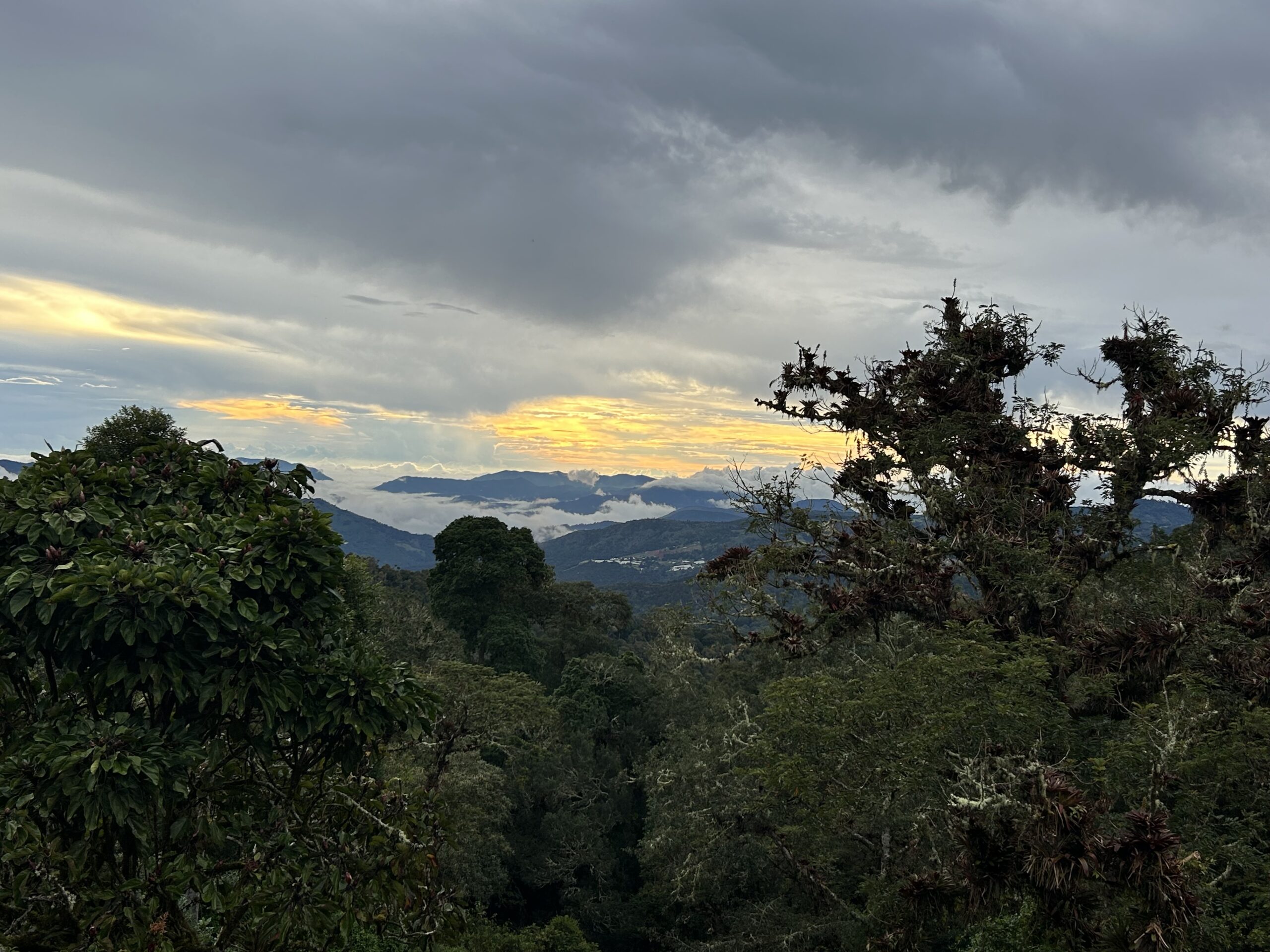
Read More about Costa Rica
Exclusive Solo Travel Discounts From our Women’s Travel Directory Partners
Exclusive travel deals to help women over 50 travel in 2024 (Sponsored) Whether you're wanting to hike the Camino, explore the treasures of Europe, or looking to enjoy some well-earned relaxtion in the sun, discover these amazing travel deals and discounts direct...
The Hotlist: 12 of the Coolest Small Group Tours for Women in 2024 From our Women’s Travel Directory
From Cuba to Mongolia, these unique small group tours from our Women’s Travel Directory will connect you with people, places and wildlife.
Can You Master Menopause? A Menopause Retreat in Costa Rica Jumpstarts Joy
A menopause retreat in Costa Rica teaches women how to embrace a positive mindset, spiritual health, good nutrition and exercise.

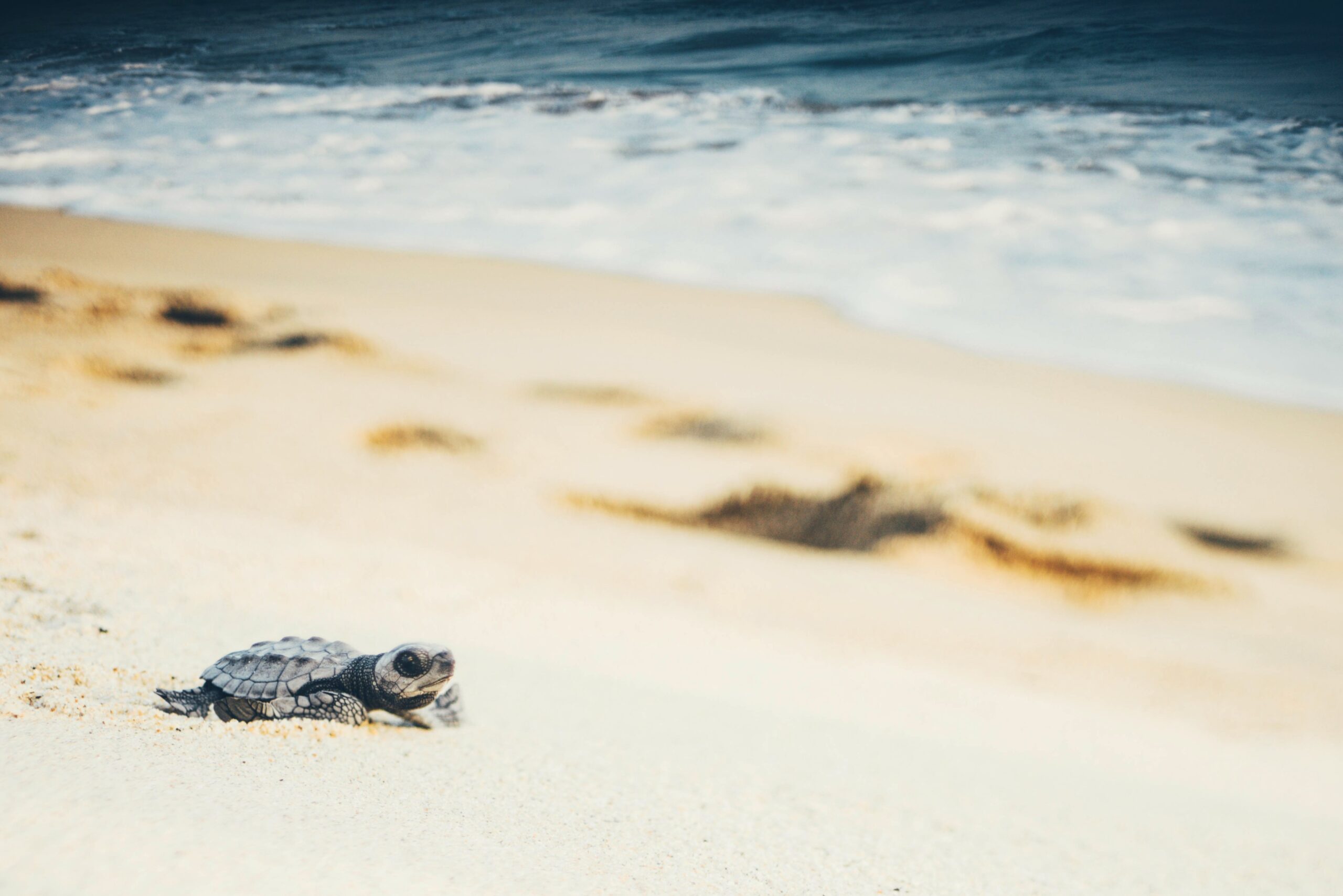




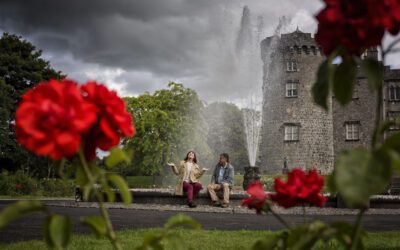
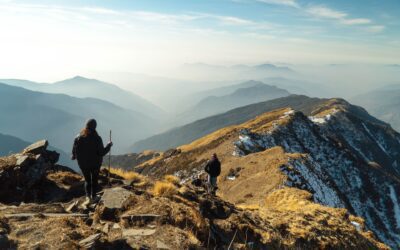
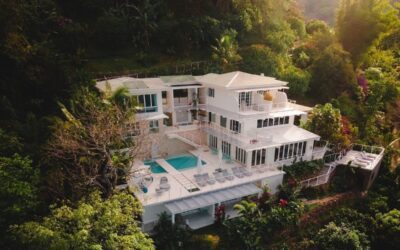
0 Comments
We always strive to use real photos from our own adventures, provided by the guest writer or from our personal travels. However, in some cases, due to photo quality, we must use stock photography. If you have any questions about the photography please let us know.
Disclaimer: We are so happy that you are checking out this page right now! We only recommend things that are suggested by our community, or through our own experience, that we believe will be helpful and practical for you. Some of our pages contain links, which means we’re part of an affiliate program for the product being mentioned. Should you decide to purchase a product using a link from on our site, JourneyWoman may earn a small commission from the retailer, which helps us maintain our beautiful website. JourneyWoman is an Amazon Associate and earns from qualifying purchases. Thank you!
We want to hear what you think about this article, and we welcome any updates or changes to improve it. You can comment below, or send an email to us at [email protected].